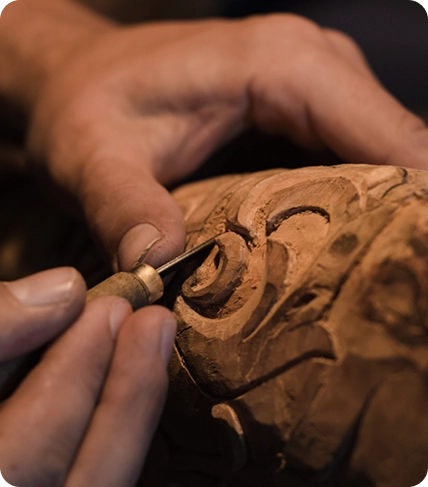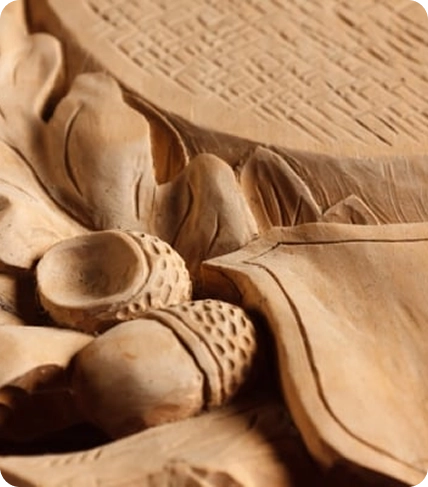After his martyrdom, legend has it that his body was miraculously transported on a stone boat to the Spanish coast of Galicia, where he was buried. In the 9th century, during the reign of Alfonso II of Asturias, the relics of St. James are said to have been discovered near the site of the modern city of Santiago de Compostela.
The discovery of St. James' relics led to the creation of an important Christian shrine and pilgrimage site. The city of Santiago de Compostela has become an important religious and cultural centre, attracting pilgrims from all over Europe and beyond, who make their way to the cathedral of Santiago to venerate the relics of St. James and to walk the Camino de Santiago.
The Way of St James, also known as the Camino, is an ancient network of pilgrimage routes that stretch across Europe and converge on the city of Santiago de Compostela. The Camino is a significant spiritual, cultural and physical experience for many pilgrims, who travel on foot, by bicycle or on horseback along the millenary routes. St James of Compostela has thus become a central figure in Christianity, associated with spirituality, devotion and the inner journey of pilgrims along the Way of St James.
















